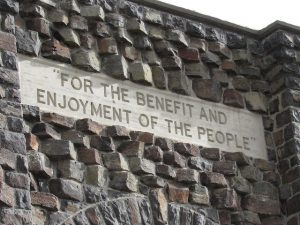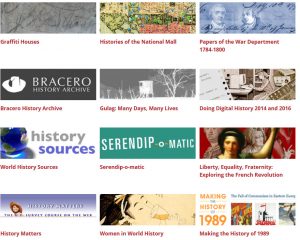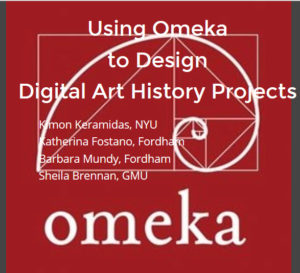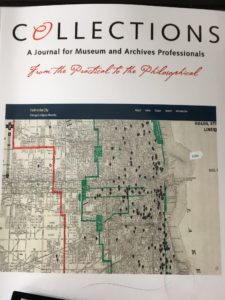I am very proud to announce the official launch of a project that has been in the works since 2013, A Liberian Journey: History, Memory, and the Making of a Nation <liberianhistory.org>.
The project was developed in partnership with the Liberian Center for National Documents and Records Agency (CNDRA), the Indiana University Liberian Collections, and the University of Wisconsin-Madison, with generous support from the National Science Foundation.
This new digital public history site is meant to inform, raise questions, and invite stories about a transformational moment in Liberia’s past by making historical sources available for the first time in one place related to a 1926 Harvard scientific expedition to Liberia. The website features an exhibit on Chief Suah Koko, a noted woman leader in Liberia’s history; digital collections containing nearly 600 photographs, more than two hours of motion picture footage, oral histories, and documents linked to an interactive map. This effort marks the beginning of a recollection of Liberia’s lost history and for CNDRA represents a very important step in reawakening the Liberia national consciousness.
The project officially launched in Monrovia at a ceremony on Monday, March 21 with President Ellen Johnson Sirleaf in attendance, together with members of her cabinet and the Liberian legislature. How often does a head of state attend the launching of a digital history project?

Liberian President, Ellen Johnson Sirleaf, attends launch ceremony at CNDRA.
In 1926, Firestone Tire and Rubber Company secured a ninety-nine year lease for nearly one million acres of land from the Liberian government to establish one of the world’s largest rubber plantations. To help the company understand the conditions and challenges it faced, Firestone sponsored a team of Harvard University scientists and physicians to conduct a four-month-long biological and medical survey. Loring Whitman, a Harvard medical student, served as the expedition’s official photographer, and his work includes the earliest known surviving motion picture footage of Liberia.
The moving images and still photographs are products of the American scientists and represent an early 20th Century colonial world view. At the same time, the footage and photographs offer a valuable historical record of the peoples, cultural traditions, and landscapes of Liberia at a time of rapid economic, cultural, and environmental change. Through this site, the project team offers these historical sources for reinterpretation and contextualization, and seeks multiple perspectives on the past by inviting Liberians to participate as content creators and historians of their lives.

This collaboration was always virtual, which is always challenging.
I worked closely with Web Developer and Designer, Ken Albers, at RRCHNM and collaborated with the team for nearly three years over Skype, email, and phone calls to develop this digital public history and community-sourcing site that worked best for our primary audience in Liberia.
The site is designed minimally for mobile devices first, in the Omeka platform, to ensure that anyone can access the site especially in areas with limited internet connectivity. A Liberian Journey adds to the Center’s portfolio of global digital humanities projects.
Due to the Ebola crisis in 2014-15, we scaled back on developing multiple exhibits, since we planned for that to be a collaborative effort with our colleagues at CNDRA who were not able to work during that time. In the coming months, CNDRA will invite individuals to share meaningful stories and images about Liberia’s past. Additional online exhibits will combine community contributions with the Firestone expedition sources to give voice, meaning, and historical context to the lives, cultures, and histories of the Liberian people.




